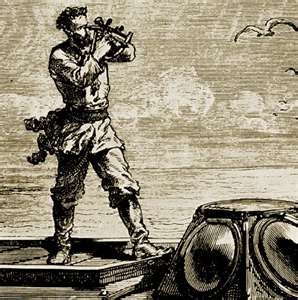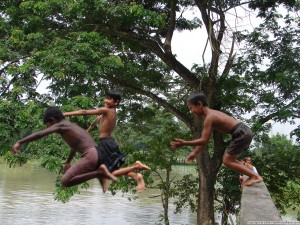I love using images in the classroom and I have a collection of photographs, rich in metaphorical potential, that you can put to use in a variety of ways. You can access them all by clicking below.
https://www.dropbox.com/sh/oxkyspw2lulvp06/QERdwPVZBH
Using Images to Support Literacy
Photographs can be used as a spring-board for creative writing. They can be used to help pupils who find a text difficult to access find an entry point into a poem or story. An excellent example of this approach can be found here: https://www.dropbox.com/sh/54m5zt30tzn5723/bO7w86Sjsj . This resource was created by Penny (@digitaldaisies) and she also asks her classes to collect their images to illustrate other poems that they are studying. She has also asked pupils to create displays of images and their own ‘poetic’ sentences.
Using Images to Explore Character & Theme
One approach is to spread out all of the photographs (if you’ve clicked on the link you will see that there are lots to choose from) and to ask the pupils to choose the photograph which best represents a particular theme or a particular character at a given point in a novel or play. For instance, one member of my class chose two empty chairs in a derelict room to stand for Francis Cassavante – the protagonist in Cormier’s novel, Heroes. She explained that the picture represented his isolation, the desolation of his past and his longing for Nicole, also absent. It was a breakthrough moment.
Using Images as an Ice-Breaker
I hate ‘ice breaker’ activities as much as the next sentient teacher, but if you find yourself tasked with delivering CPD to a resentful and uncommunicative rabble, you can put these photographs to good use. Just spread the photographs around and ask your victims to choose the image which most resonates with them at that precise point in their life/day /career. When I began my MLDP training sessions with this activity and asked delegates to choose an image which reflected how they felt about their careers, popular images included be-suited tightrope walkers, drowning men and unexploded bombs. Of course, not all of the photographs chosen were quite so negative, but when I asked the teachers that I was working with to articulate the reasons why they had been drawn to a particular image, it provided an excellent opportunity to talk about some of the challenges and uncertainties that they faced during their working lives. At other training workshops I have asked the delegates to choose a second photograph at the end of the session to reflect any changes in their thinking. It works a treat.
And because it worked so well with adults, I tried it with the pupils too.
I used the same approach with a class that I felt was ‘going wrong’ . The pupils were tired; Iwas tired and the wheels were coming off. I needed a mid-year new start and the opportunity for talk which the photographs provided worked a little like a sorbet, cleansing our collective learning palette. Things were immediately more positive.
I have also used the same approach with pupils at the beginning of Y10. I asked them to choose the image which reflected their hopes and fears at the beginning of KS4. Just for the hell of it, I asked them to write haiku based on the images and the thoughts and feelings which they inspired. I had pre-judged some of these pupils and I was moved by the open and straightforward way in which they spoke about their feelings. They all wanted to succeed AND they wrote some beautiful poetry.




